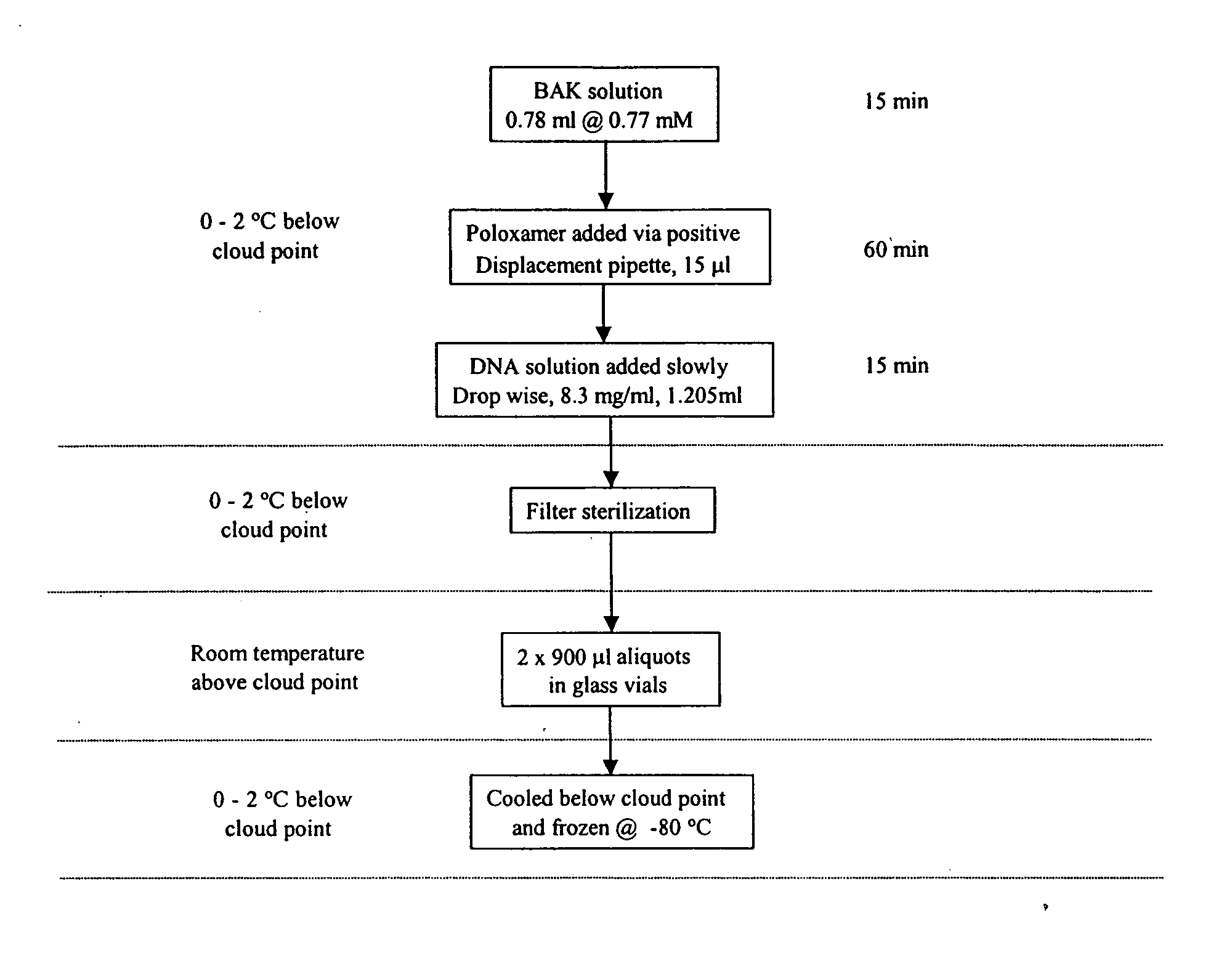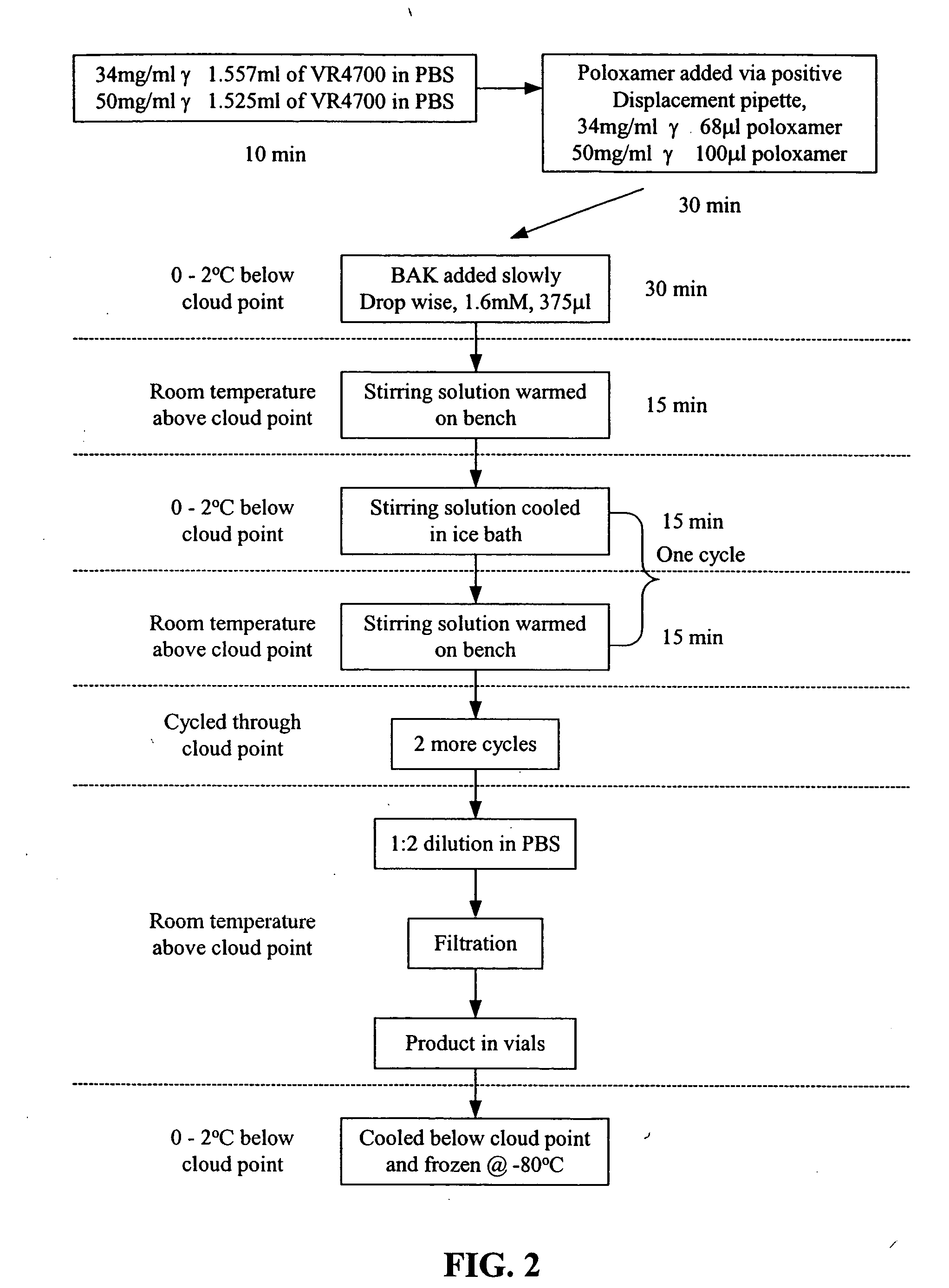Severe acute respiratory syndrome DNA vaccine compositions and methods of use
a dna vaccine and acute respiratory syndrome technology, applied in the field of new coronavirus, can solve the problems of tgev vaccine, difficult challenge studies, and health care facilities being closed, and achieve the effect of preventing the development of tgev vaccines
- Summary
- Abstract
- Description
- Claims
- Application Information
AI Technical Summary
Benefits of technology
Problems solved by technology
Method used
Image
Examples
example 1
Construction of Expression Vectors
[0311] Plasmid constructs comprising the native coding regions encoding SARS-CoV proteins, for example, SARS-CoV S, S1, S2, N, M, E, soluble S, soluble S1, soluble S2, soluble TPA-S, soluble TPA-S1, and soluble TPA-S2 proteins, fusions thereof, or fragments, variants or derivatives of such proteins either alone or as fusions with a carrier protein, e.g., HBcAg are constructed as follows. The S, S1, S2, N, M, or E genes from SARS-CoV Urbani or other strains (e.g., CUKH-Su10, TOR2 and BJ01) are isolated from viral RNA by RT PCR, or prepared by direct synthesis if the wildtype sequence is known, by standard methods and are inserted into the vector VR-10551 via standard restriction sites, by standard methods.
[0312] Plasmid constructs comprising human codon-optimized coding regions encoding SARS-CoV proteins, for example, SARS-CoV S, S1, S2, N, M, E, soluble S, soluble S1, soluble S2, soluble TPA-S, soluble TPA-S1, and soluble TPA-S2 proteins, fusions ...
example 2
In Vitro Expression of SARS-CoV Subunit Proteins
[0319] Expression of SARS-CoV Nucleocapsid (N) and Spike (S) constructs were tested in vitro by transfection of a mouse melanoma cell line (VM92). The following expression constructs were transfected individually into VM92 cells and cultured for a period of time. All SARS-CoV sequences described below, were cloned into the VR1012 expression vector. The VR9208 expression plasmid contains a nucleotide sequence encoding the SARS-CoV S1 domain which was codon-optimized according to the full optimization method described herein and is disclosed in SEQ ID NO:50. The VR9204 expression plasmid contains a nucleotide sequence encoding a fragment of the SARS-CoV S1 which corresponds to amino acids 1-417 of the SARS-CoV S1 protein. The coding sequence in VR9204 was also codon optimized according to the full optimization method described herein. [0320] VR9219—expressing full-length SARS-CoV N protein [0321] VR9208—expressing SARS-CoV S1 domain of ...
example 3
Preparation of SARS-CoV Subunit Proteins
[0333] Recombinantly prepared SARS-CoV proteins, for example, SARS-CoV S, S1, S2, N, M, E, soluble S, soluble S1, soluble S2, soluble TPA-S, soluble TPA-S1, and soluble TPA-S2 proteins, fusions thereof, or fragments, variants or derivatives of such proteins either alone or as fusions with a carrier protein, e.g., HBcAg, for use as subunit proteins in the various combination therapies and compositions described herein, are prepared using the following procedure.
[0334] Eukaryotic cells transfected with expression plasmids such as those described in Example 1 are used to express SARS-CoV proteins, for example, SARS-CoV S, S1, S2, N, M, E, soluble S, soluble S1, soluble S2, soluble TPA-S, soluble TPA-S1, and soluble TPA-S2 proteins, fusions thereof, or fragments, variants or derivatives of such proteins either alone or as fusions with a carrier protein, e.g., HBcAg. Alternatively, a baculovirus system can be used wherein insect cells such as, bu...
PUM
| Property | Measurement | Unit |
|---|---|---|
| Fraction | aaaaa | aaaaa |
| Fraction | aaaaa | aaaaa |
| Composition | aaaaa | aaaaa |
Abstract
Description
Claims
Application Information
 Login to View More
Login to View More - R&D
- Intellectual Property
- Life Sciences
- Materials
- Tech Scout
- Unparalleled Data Quality
- Higher Quality Content
- 60% Fewer Hallucinations
Browse by: Latest US Patents, China's latest patents, Technical Efficacy Thesaurus, Application Domain, Technology Topic, Popular Technical Reports.
© 2025 PatSnap. All rights reserved.Legal|Privacy policy|Modern Slavery Act Transparency Statement|Sitemap|About US| Contact US: help@patsnap.com



